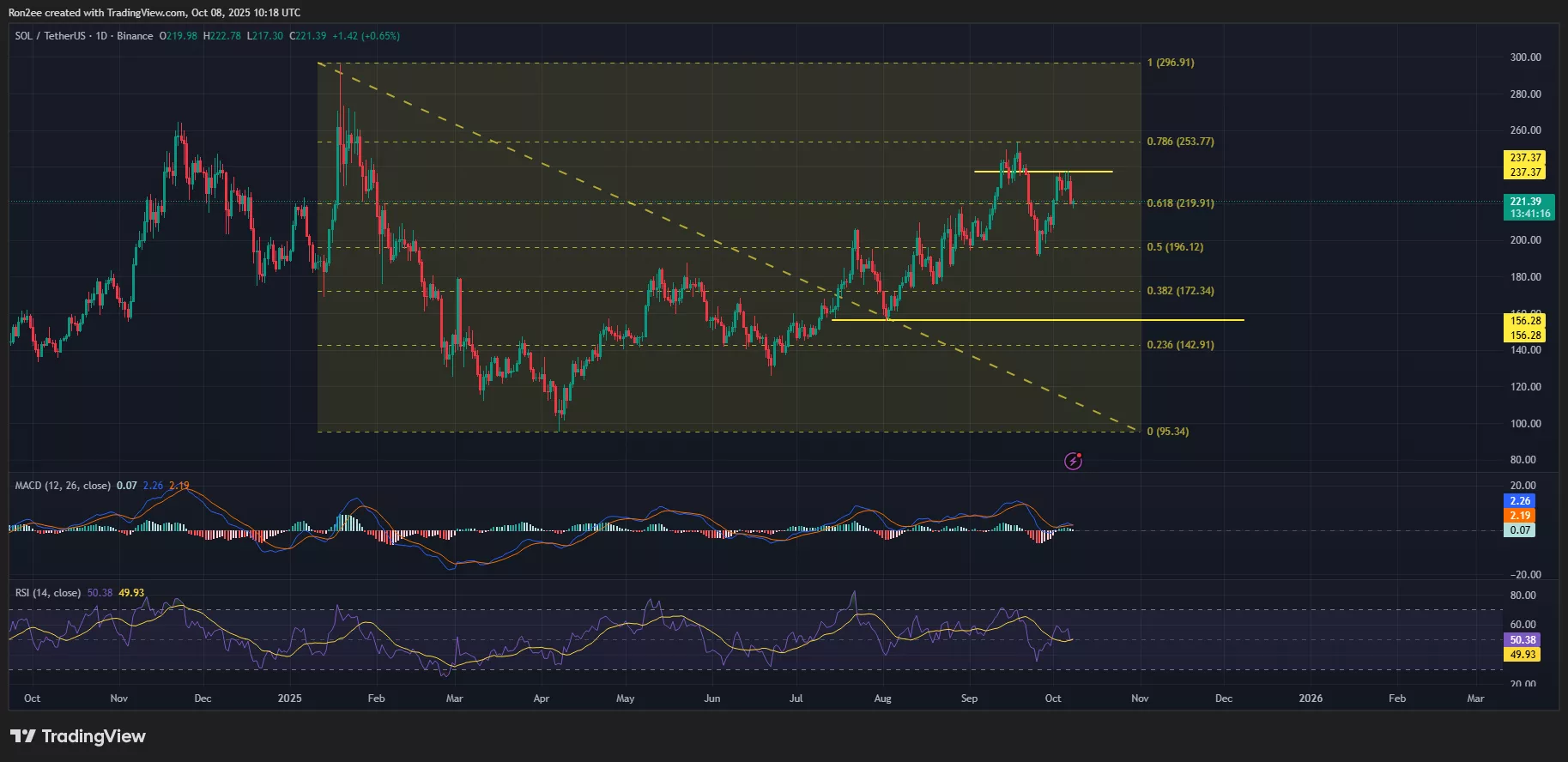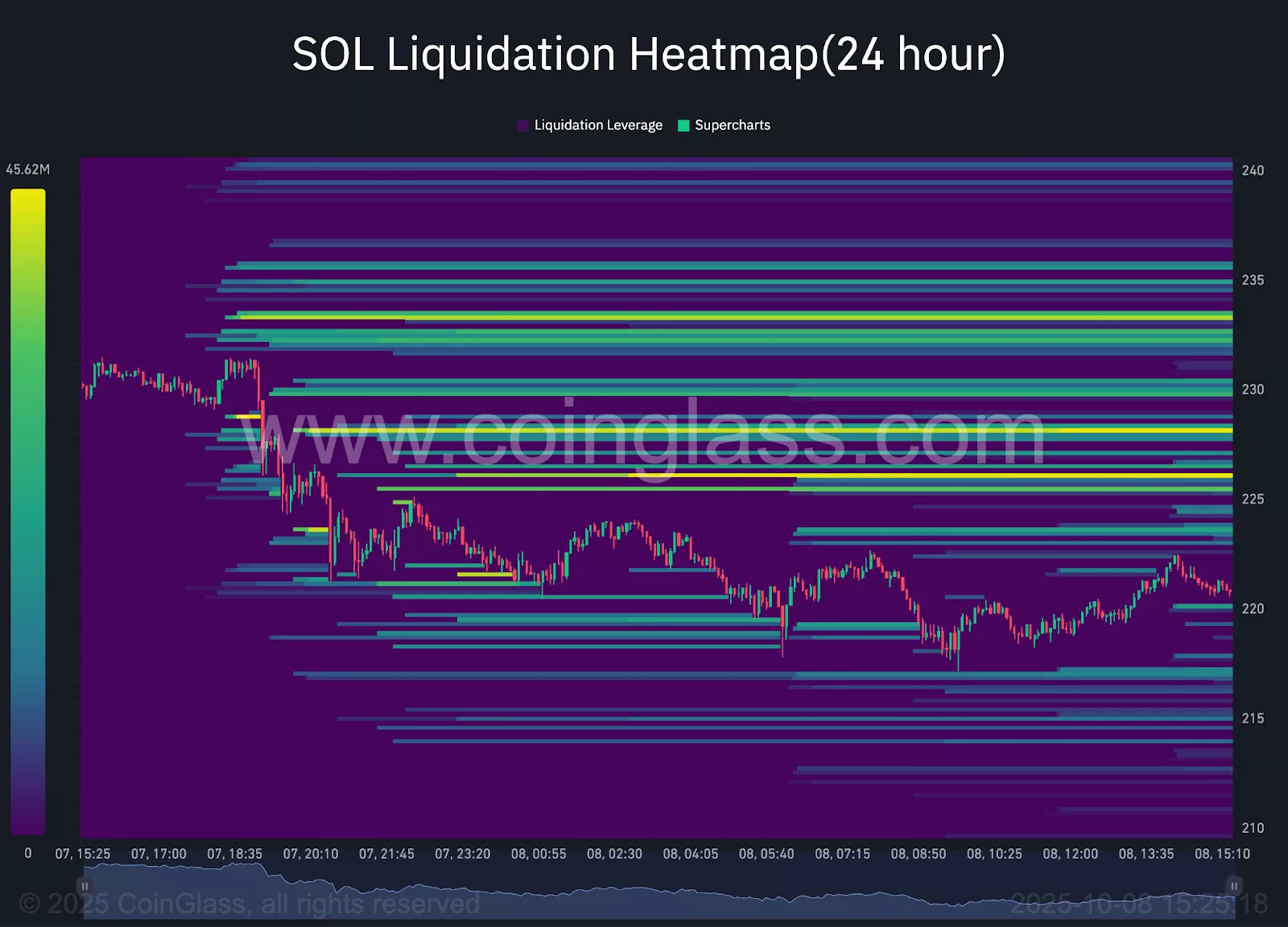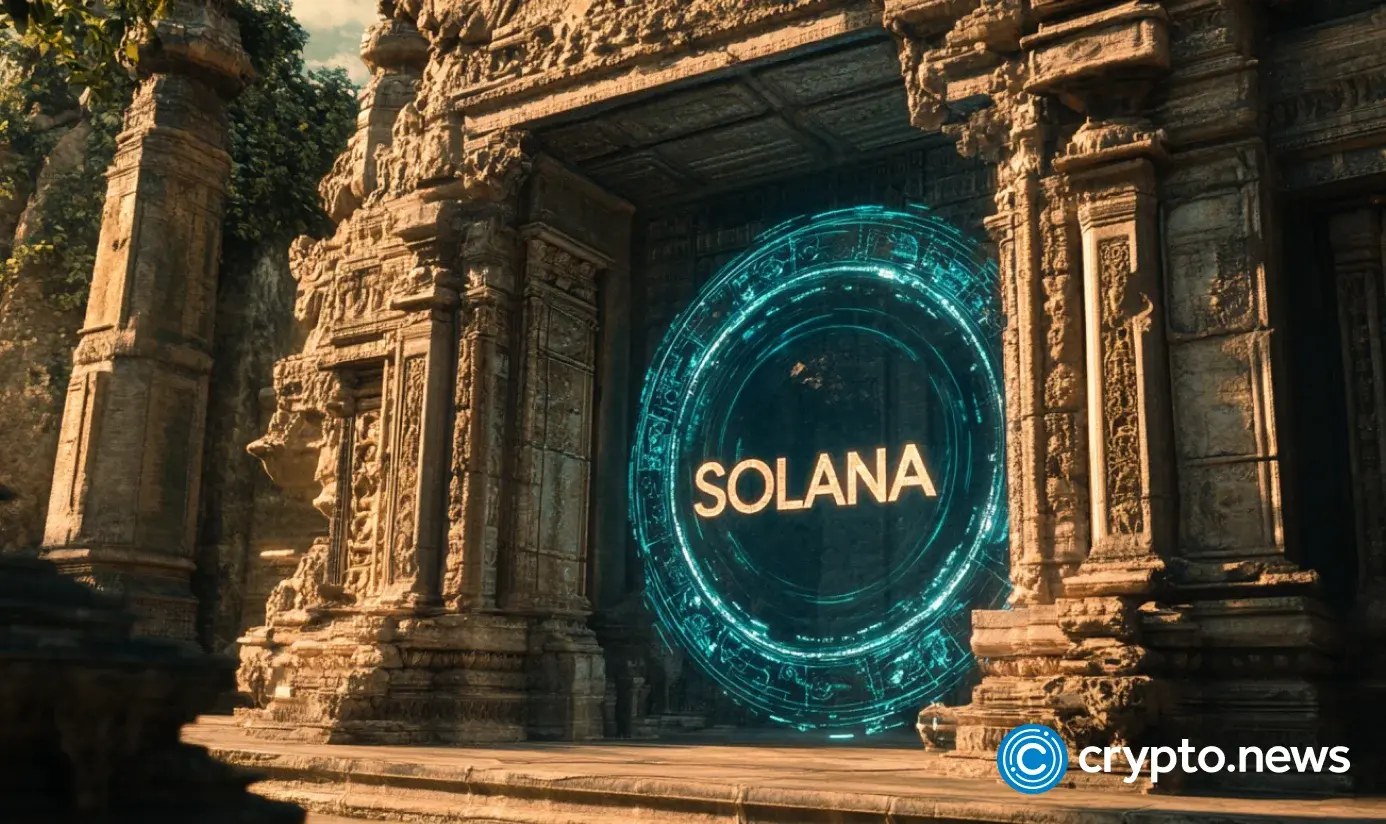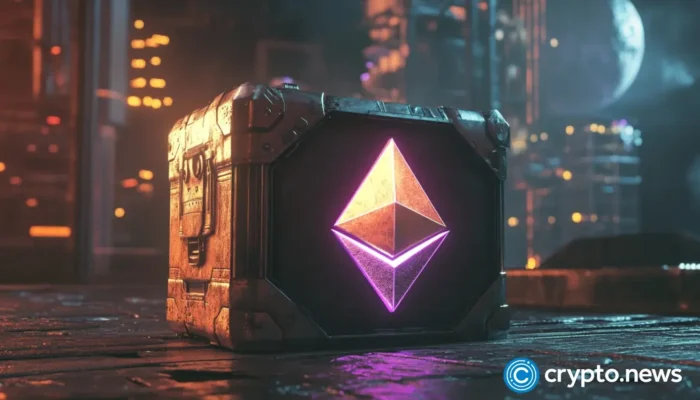Solana’s price continued to drop for a second straight day after bulls encountered stiff resistance at $237, and profit-taking kicked in.
Summary
- Solana price fell 6% over the past day amid heavy liquidations and profit-taking by investors.
- SOL could continue trending downwards as momentum indicators had turned bearish.
- Border market sentiment remains bullish, mainly driven by optimism around a potential SOL ETF and upcoming network upgrades.
Solana (SOL), the sixth-largest crypto asset by market cap, dropped 6% to an intraday low of $218.4 on Oct. 8, before settling at $221.7 as of press time. At this price, the token is down 12% from its highest point in September.
The token’s price fell as investor demand for SOL weakened after bulls failed to breach the $237 resistance level that has held firm all week. With momentum tilting toward the bears, the altcoin broke below its local support at $225, deepening the sell-off that came as traders booked profits and moved away from riskier assets following the U.S. government shutdown, which has rattled broader market sentiment.
Another major factor behind Solana’s price decline was the $606 million in liquidations across the crypto market observed yesterday, with more than $460 million wiped out from long positions alone.
Solana was no exception, as it faced nearly $40 million in long liquidations compared to only $10 million in shorts.
When exchanges start force-closing leveraged longs, it often sets off a chain reaction that often drags prices lower.
As of press time, Solana’s weighted social sentiment had turned bearish, which could add to the selling pressure, especially as some momentum indicators were also flashing warning signals.

For instance, the MACD has formed a bearish crossover below the signal line on the daily chart, which happens when the market starts to lean heavily on the sell side. This can pressure bulls to retreat.
Even the Relative Strength Index, which measures the strength of recent price action, has slipped to a neutral reading of around 50.3, another sign that the bulls are losing steam.
Based on the 50% Fibonacci retracement level, the next key support level to watch is $196. If SOL fails to hold above this zone, it could pave the way for a deeper correction toward $156, its August low and a level that previously acted as a strong bounce point.
On the upside, dense clusters of liquidation levels were present between $224 and $228, according to the 24-hour SOL liquidation heatmap, which could act as a short-term resistance.

Meanwhile, support at current levels appears thin, with fewer liquidation triggers visible below $220, which means the path of least resistance could remain tilted to the downside unless buyers step in quickly to defend this range.
Will Solana price go up?
While the short-term outlook for Solana’s price remains bearish for now, the token will likely recover from this dip, especially with several potential catalysts lined up in the weeks ahead.
One of the most talked about triggers is the potential approval of a spot Solana exchange-traded fund in the United States, possibly soon after the ongoing U.S. government shutdown ends. Some analysts believe the chances of approval in 2025 are as high as 90%.
If approved by the Securities and Exchange Commission, such a fund would allow traditional investors to gain exposure to SOL without directly holding the asset.
At the same time, firms like Galaxy Digital and Franklin Templeton have been increasing their exposure to Solana, which tends to show that institutional investors are becoming more confident in the network’s long-term potential and its growing role within the broader digital asset market.
On the technical side, Solana’s network is expected to receive major upgrades in the coming months. One of the most important is Firedancer, a new validator client developed by Jump Crypto.
Once fully rolled out by late 2025, it is expected to greatly improve Solana’s reliability, transaction speed, and overall scalability. That would address long-standing concerns about network outages and performance hiccups. A separate planned upgrade known as Alpenglow aims to speed up block finality to around 150 milliseconds.
Disclosure: This article does not represent investment advice. The content and materials featured on this page are for educational purposes only.




